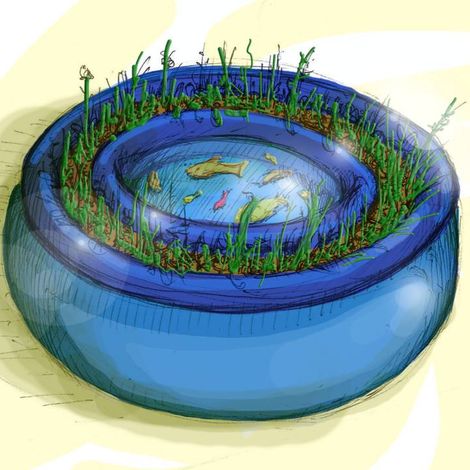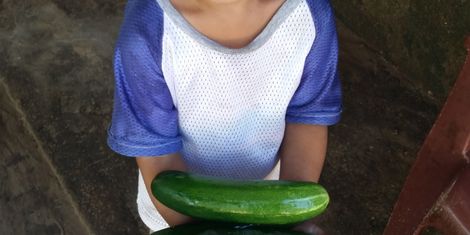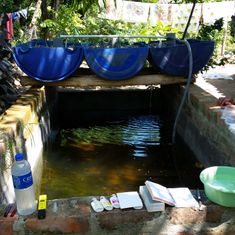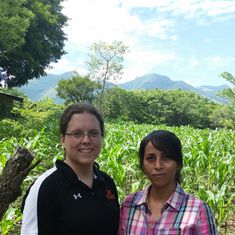The Oasis Aquaponic Food Production System




Food insecurity, the lack of access to sufficient nutritious food, is the constant companion of the poor. In some cases, food simply is not present; in others, food is available but not affordable. Since the majority of the world’s poorest citizens are subsistence farmers, food insecurity can be addressed at the source by improving agricultural productivity. However, due to increasing land and water shortages, as well as increasing costs and dangers of agrochemicals, traditional methods are out of reach for the majority. Aquaponics, an alternative production method, represents a promising solution. Aquaponics is the co-culture of fish and vegetables in a re-circulating biofilter-based system. The bacteria present in the biofilter transform the fish waste into a form of nitrogen suitable for plant uptake. Thus the fish feed the plants and the plants clean the water for the fish. This symbiotic relationship allows more food to be grown in a smaller area and with less water than traditional aquaculture or horticulture can support.
Our team has spent the last two years refining the design of a small aquaponics system. We have prototyped and tested two design iterations to date in rural El Salvador. Using what we learned from these trials, we have redesigned the system with the goal of increasing production capability while simultaneously drastically reducing manufacturing cost. Our solution is a solar-powered aquaponics system capable of producing at minimum 200 pounds of Tilapia and 200 pounds of tomatoes or other vegetables annually. With a projected retail price of $100, and a business model that provides low-interest purchasing credit, our system is radically affordable and accessible.